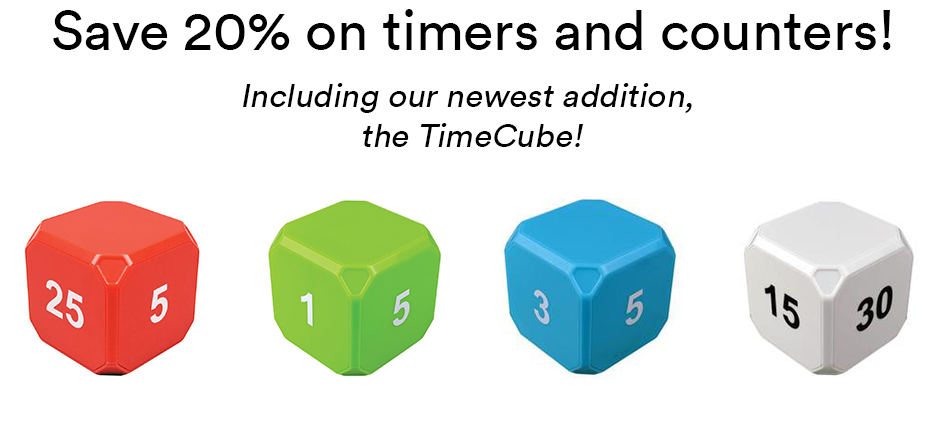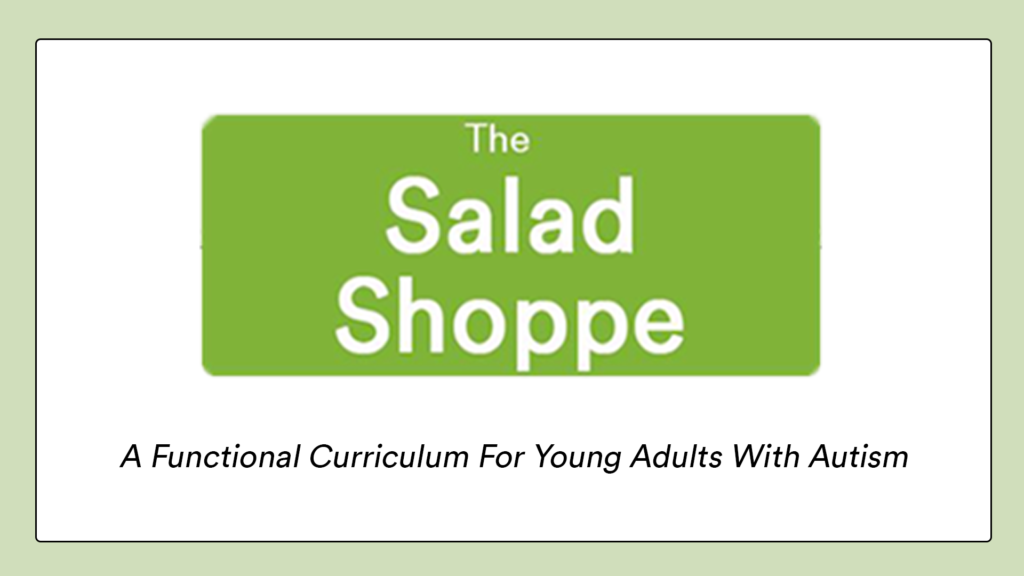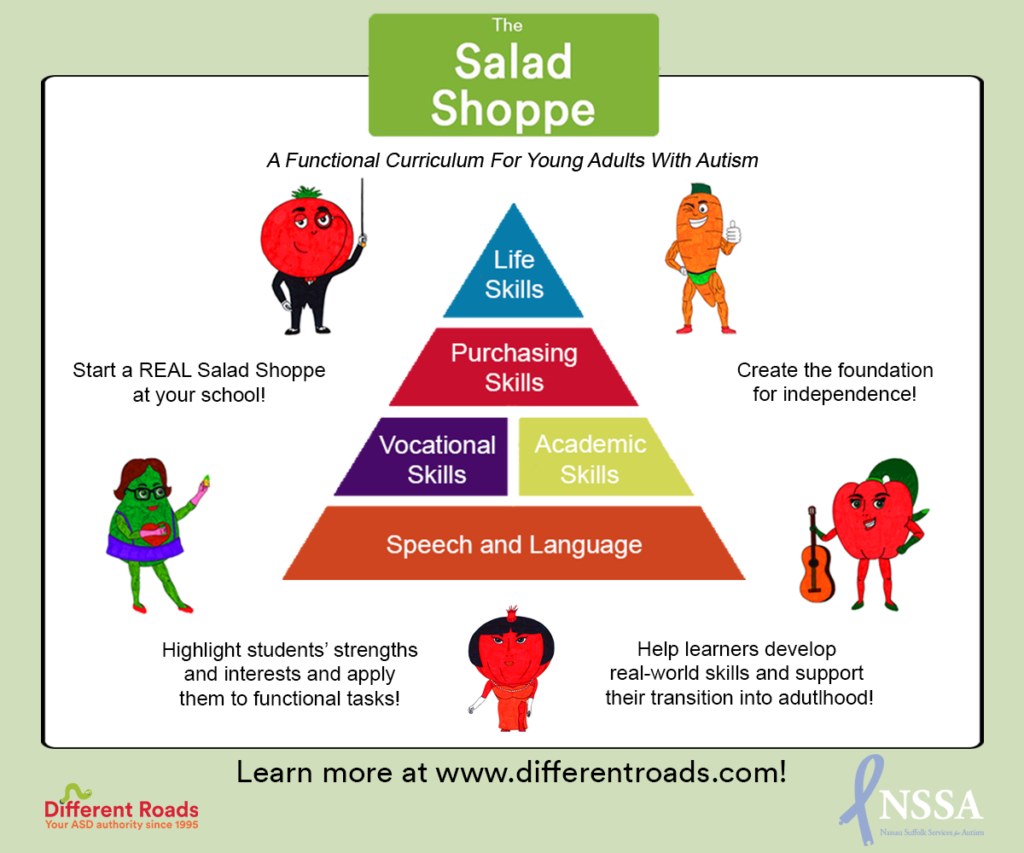One of the tenets of ABA is to provide evidence-based practice. The best way to help us do this is to keep up with the literature! Each month, Sam Blanco, PhD, LBA, BCBA will select one journal article and provide discussion questions for professionals working within the ABA community.
Read this month’s discussion questions here!
It is important in our field to maintain an open conversation about ethics. The Professional and Ethical Compliance Code outlines how behavior analysts are expected to conduct themselves, but sometimes situations are not so black and white. And as the world changes, so do the expectations for ethical conduct. In recent years, issues related to social media have been especially relevant. This month, I’ve selected the following article which addresses the special concerns that come up with the use of social media.
The article reviews the codes of ethics for other professions. Why is this valuable for us to do as a profession? Did you learn anything surprising or interesting form this portion of the article?
Any profession runs the risk of becoming too insular if we are not actively pushing ourselves to learn about others and the places where we overlap and intersect. It was interesting to see the parallels, as well as the vast differences, in the ethical codes across professions. It is important to look at the publication dates of each professions ethical code. Codes which were published earlier did not reference social media, for example. This could simply be a reflection of the prevalence of such platforms at the time the codes were written. Some codes were significantly shorter than others and others were substantially longer. The ethical code for Behavior Analysts, as created by the Behavior Analyst Certification Board (BACB) was more elaborate and offered more detail than other professional code of ethics, which were reviewed for the original article. In some ways, it is not surprising given that behavior analysts as scientists and practitioners pride ourselves on being detail-driven; offering clear, observable and measurable operational definitions for the interventions we design, and the behaviors we measure, and aim to change. It is also important to note that our own ethical code was based on codes and ethical guidance issued by other professions. As noted on the BACB website:
In the original version of the Guidelines for Professional Conduct for Behavior Analysts, the authors acknowledged ethics codes from the following organizations: American Anthropological Association, American Educational Research Association, American Psychological Association, American Sociological Association, California Association for Behavior Analysis, Florida Association for Behavior Analysis, National Association of Social Workers, National Association of School Psychologists, and Texas Association for Behavior Analysis. We acknowledge and thank these professional organizations that have provided substantial guidance and clear models from which the Code has evolved.
“A search on an internet search engine for information related to a procedure or scientific concept may yield results as to what that procedure or concept is. The same search on a social media outlet may yield results as to whether or not that procedure or concept should be used (p. 47.) Discuss this difference.
As human beings we are influenced by the opinions of others. This is not specific to behavior analysts, though we are also no exception. The difference between an inquiry in an online journal search engine and a social media platform, is scientific journals will yield factual information, whereas an inquiry on a social media platform is likely to result in access to the opinions and impressions of others. When investigating punishment procedures for example on research platforms, one will find information about procedures, which lead to a reduction in a behavior. That same search on a social media platform may result in a discussion about the potential harmful effects of punishment and condemnation against the use of all punishment procedures. That is not to say that opinions and perspectives of others do not matter, they certainly do. The point here is that opinions are opinions, and an opinion is no replacement for an objective investigation.
Behavior analysts and others interested in the topic may turn to social media to get answers to their questions due to the low response effort involved and the speed of reinforcement. How can we decrease response effort and increase reinforcement for referring to the scientific literature to answer our questions?
Information needs to be accessible for
people to come into contact with it. ResearchGate is an excellent way for the
scientific community to disseminate their findings to the larger community. On
this free site, authors can either public post or privately host publications
they have written, without being in violation of any copyright laws. Definitely
check it out, if you have not already. You will find access to all of my
previous publications, as well as the work of many amazing professionals, at
your fingertips, without any paywalls.
This is also where social media can really help disseminate science. There are ways to produce scientifically-sound tidbits of information, which can then be shared in online social media platforms. To those who are creating content, include citations, references, and links to the original publication in your posts. For consumers, be critical of the information that is being provided to you, look for the original source. Some professional organizations (Journal of Applied Behavior Analysis [JABA]) are encouraging authors to create short videos (e.g., YouTube) and to host live discussions (e.g., Facebook Live) about their research. Once you are drawn in, read the publications referenced in the posts. You can also consider reaching out to the researcher. If that is something which interests you, social media has given us access to one another like never before. Consider using social media sites to connect with others, who might have otherwise been inaccessible to you. We are no longer limited by snail mail, geographic barriers, or even time zones. The online world allows us to share information in real-time, or at least much more quickly than in the past. We have a fantastic opportunity, possibly even a responsibility, to use this to our advantage.
The authors provide suggestions for how behavior analysts should behave on social media. Are there any suggestions you might add? Are there ways you can increase the likelihood of other behavior analysts following these suggestions?
Behave like your mother is watching (she probably is). Think of potential employers, clients, and colleagues and what they may think. When we engage online we open ourselves up to a larger audience, which is both exciting and anxiety provoking, when you really think about it. It can be exhausting to have to be “professionally appropriate” in what feels like a personal space. There are certainly protections you can put in place: creating a separate professional page, using privacy features, avoid “friending” co-workers, employees, and clients, etc. However, the best piece of information I can give is to think of the online world as one large coffee shop. Would you speak the things you type? Would you say it the same way? Could your words be misunderstood? Have you actively listened, or was it a one-side soliloquy?
Amanda N. Kelly, PhD, BCBA-D, LBA obtained her bachelor’s degree in Elementary Education, her masters of science in Behavioral Education, and her doctorate in Behavior Analysis. Dr. Kelly has experience working as a paraprofessional, a licensed teacher, a school counselor, and behavior analyst. Over the past two decades, Dr. Kelly has worked in-home settings, public and private schools, residential placements, and community settings for children and adolescents who have social-emotional, cognitive, or behavioral needs.
Dr. Kelly has been recognized for her dissemination and
advocacy efforts. In 2012, she was awarded the “Jerry Shook Practitioner
of the Year” from the Berkshire Association for Behavior Analysis and
Therapy (BABAT) and in 2015, she accepted the “Advocacy Group of the Year”
award from Autism Speaks, on behalf of the Hawai’i Association for Behavior
Analysis (HABA). In 2016, Dr. Kelly became the first behavior analyst licensed
in the state of Hawai’i. Dr. Kelly has served on numerous boards and committees
and is currently serving as Legislative Chair for the HABA board and as
Secretary on the board of the Hawai’i Disability Rights Center (HDRC).
Dr. Kelly’s dedication and commitment in improving access
to educational and medical services has resulted in numerous invited speaking
engagements throughout the world, including talks in Canada, Japan, London, and
and the Philippines. In addition to her expertise helping families and schools,
Dr. Kelly’s interests in behavior analysis extend to dissemination,
organizational management, public policy, and sustainable behavior change.




